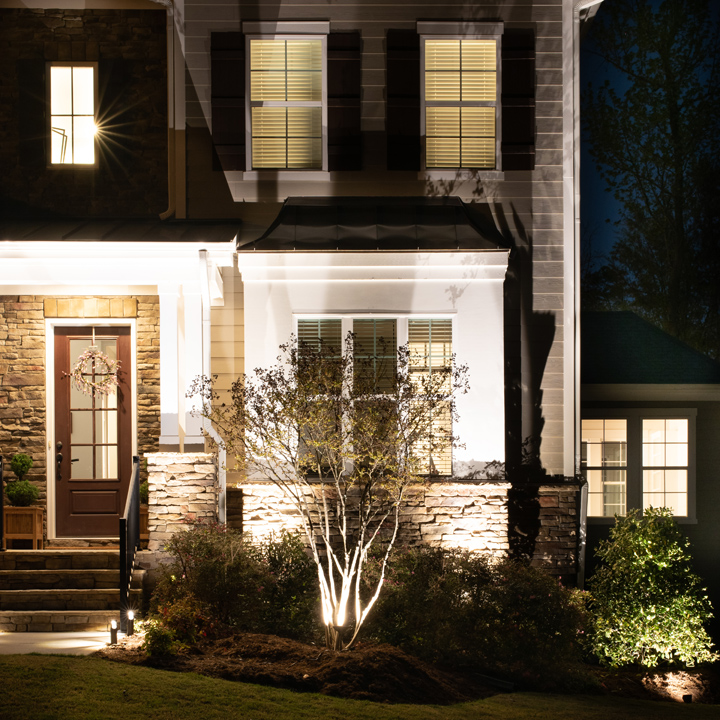A concrete landscape, also identified as "concrete landscaping" or "concrete hardscaping," is a landscaping design and construction strategy that heavily incorporates concrete as a primary material for numerous elements within an outdoor house. Concrete landscapes are characterised by method of concrete for pathways, patios, retaining partitions, steps, edging, and other structural or ornamental components. This method is popular for its durability, versatility, and modern aesthetic. Here are some key options and parts of a concrete panorama:
Concrete Pathways: Concrete is frequently used to create pathways and walkways inside the panorama. These could be plain concrete or stamped and colored to resemble pure materials like stone, brick, or wooden.
Concrete Patios: Concrete patios supply a versatile and sturdy out of doors residing space. They could be personalized with varied finishes, textures, and colors to suit the design aesthetic of the panorama.
Retaining Walls: Concrete retaining walls are sometimes used for each useful and ornamental functions. They may help management soil erosion, create terraced gardens, and define completely different levels within the panorama.

Steps and Stairs: Concrete steps and stairs present safe and accessible transitions between different levels in the landscape. They can be designed to complement the overall landscape design.
Edging and Borders: Concrete can be used as panorama edging or borders to define backyard beds, pathways, and other areas. This helps maintain a neat and arranged appearance.
Decorative Concrete: Decorative concrete strategies, such as stamped concrete, stained concrete, and uncovered aggregate, are used to add texture and visible curiosity to outside surfaces.
Seating and Benches: Concrete can be molded into various shapes to create seating choices, benches, or built-in furniture as a half of the landscape design.
Water Features: Concrete is often used to assemble water features such as fountains, ponds, and waterfalls. It supplies a durable and waterproof materials for these elements.
Outdoor Kitchens and Fireplaces: Concrete can function the foundation for outdoor kitchens, fireplaces, and hearth pits, providing a stable and heat-resistant surface.
Sculptural Elements: Concrete may be shaped and molded into various inventive and sculptural forms to add visual curiosity and focal points inside the landscape.
Low Maintenance: Concrete landscapes are identified for their low upkeep requirements. They are resistant to climate, pests, and wear and tear, making them a practical alternative for out of doors spaces.
Customization: Concrete landscapes offer a high degree of customization in terms of colour, texture, and design. This permits householders and designers to create distinctive and personalized outdoor environments.
It's necessary to notice that while concrete landscapes supply many advantages, they can generally seem stark or utilitarian. To soften the look of concrete and create a more inviting ambiance, many concrete landscapes incorporate greenery, plantings, and other pure components to stability the hardscaping with softscaping. The original source of concrete and vegetation may find yourself in a visually interesting and functional outside space..
